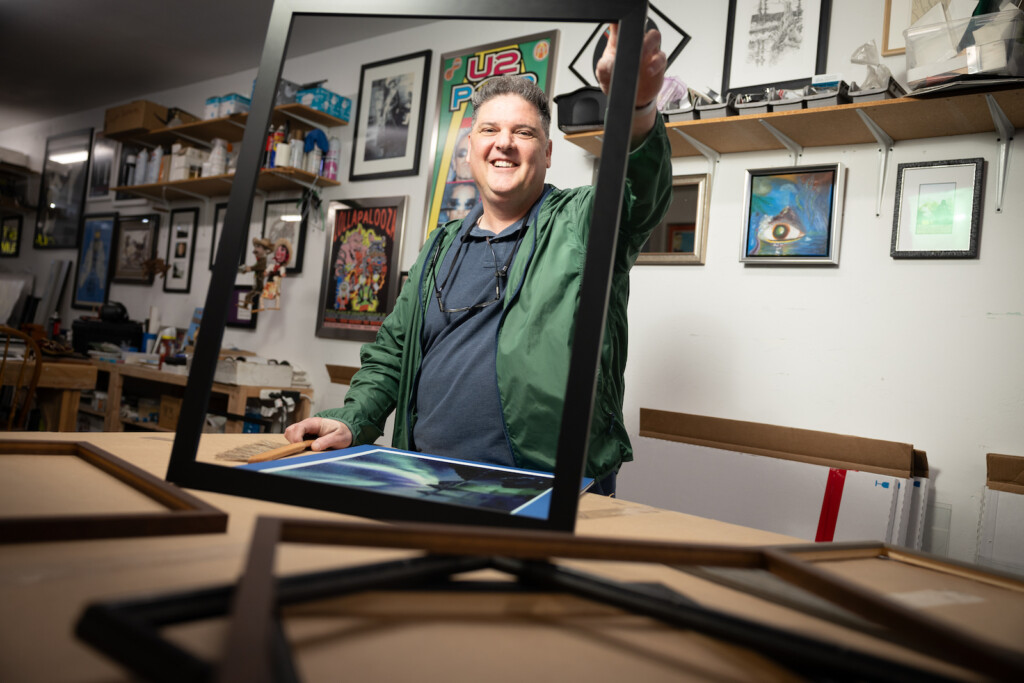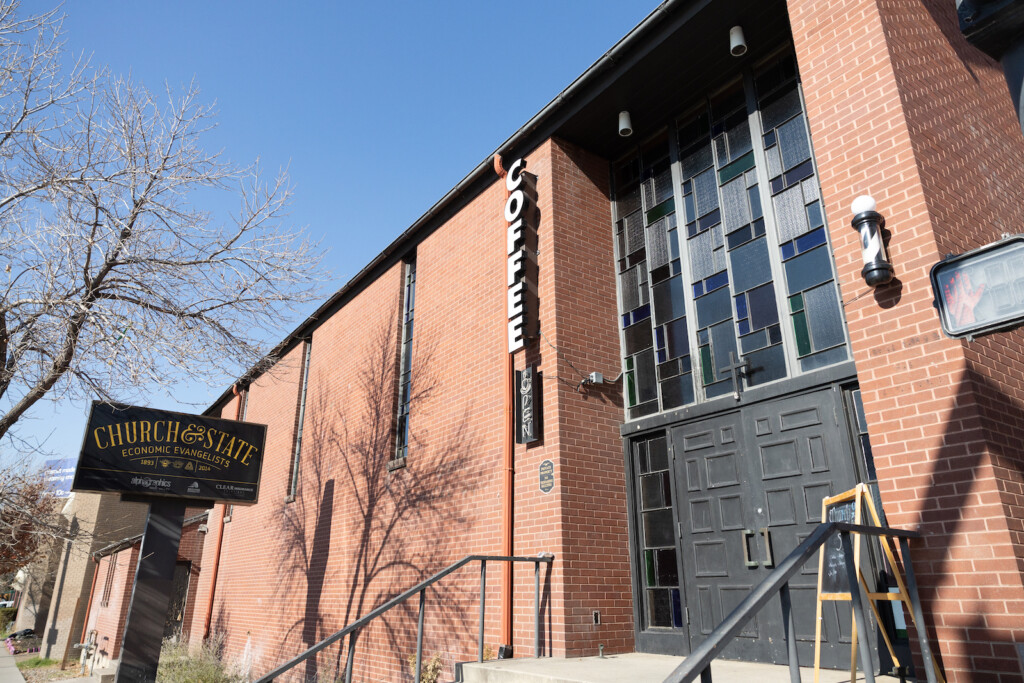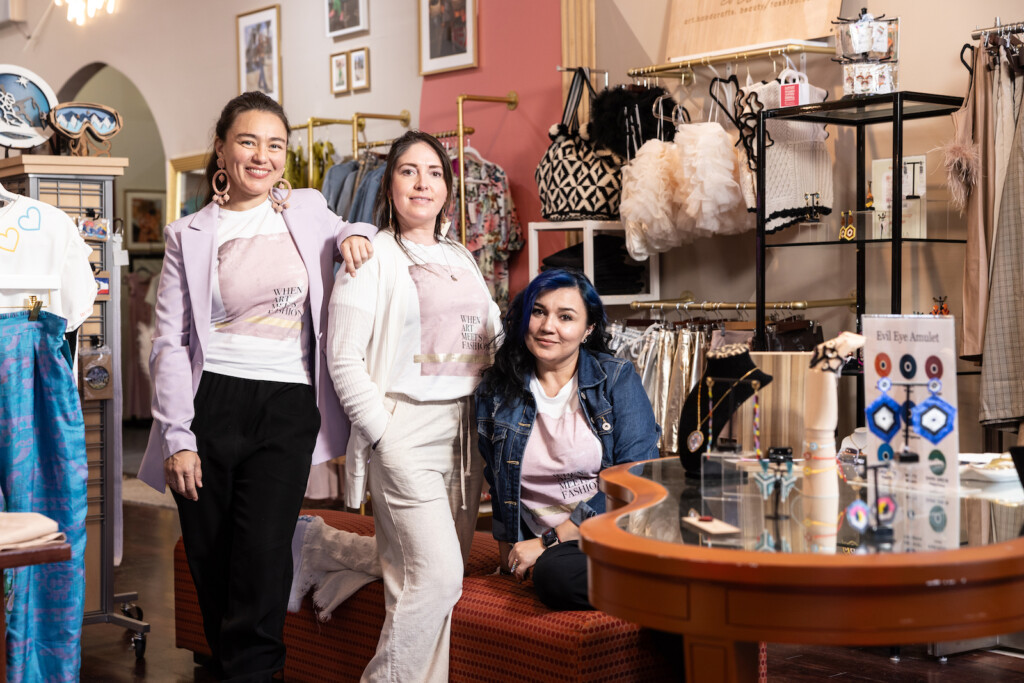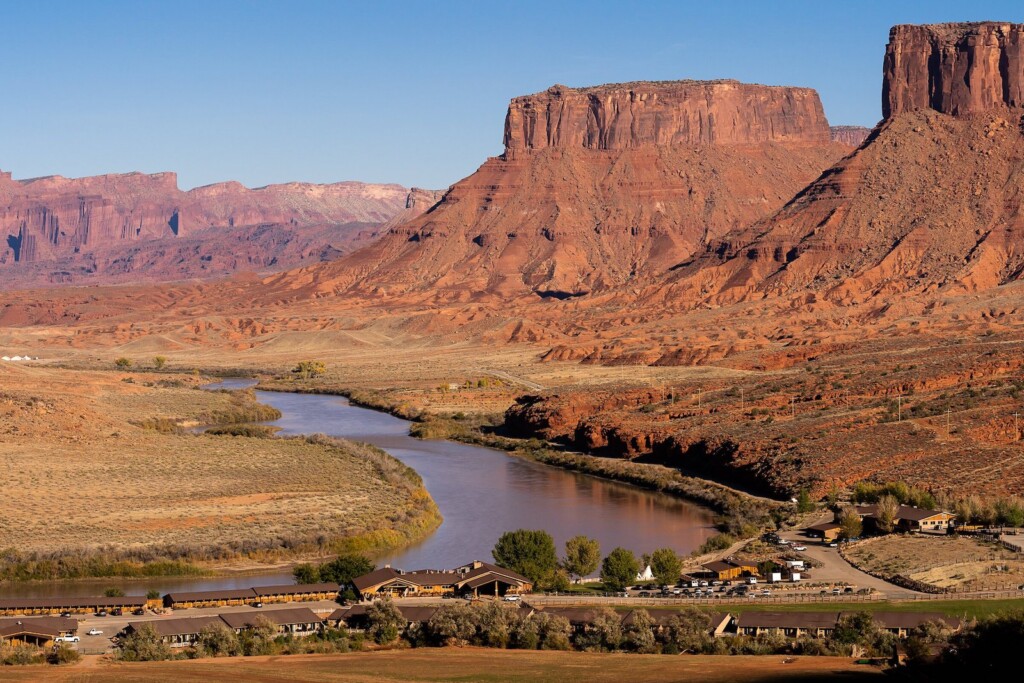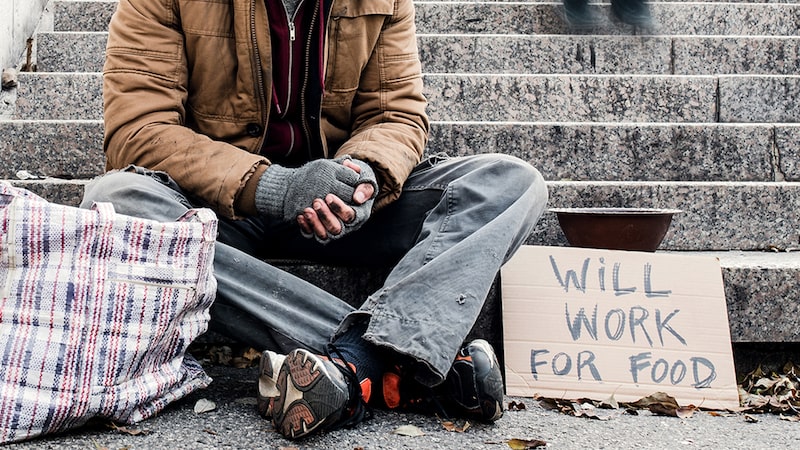
Next to the Geraldine E. King Women’s Center sits a cluster of tents and homeless individuals leaning against a nearby building. The Center, at 700 South and State Street stands witness to one of dozens of encampments scattered throughout the city, highlighting the persistent issue of homelessness that has become even more visible amid the pandemic.
“There have been more individuals living on the street who have identified COVID transmission risk as a reason for not wanting to stay at a congregate shelter site like the homeless resource centers,” said Jonathan Hardy, division director of Utah’s Housing and Community Development.
In 2019, a trio of resource centers opened in different parts of the county to replace the Road Home and reduce the concentrated impact on the Rio Grande neighborhood. However, the pandemic has required a reduction in shelter capacity to allow for social distancing.
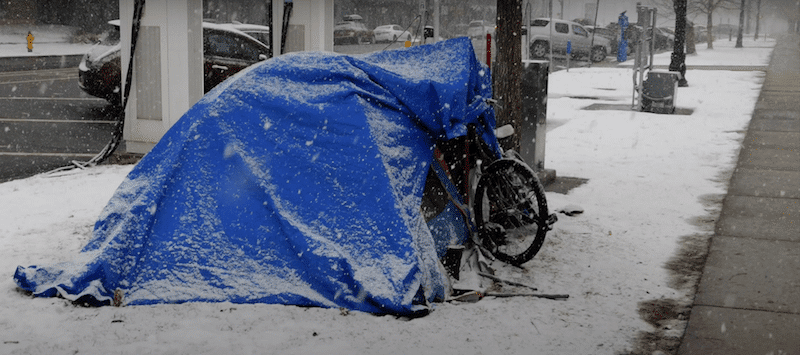
With COVID closing public buildings that previously offered unsheltered individuals places to hang out during the day and use the restroom — coupled with fear over the close quarters of a shelter — the encampments have grown.
“COVID-19 has changed a variety of dynamics in serving homeless populations,” explained Hardy.
Law enforcement and the Salt Lake County Health Department have fielded increasing numbers of complaints over human waste, disruption to businesses and safety concerns at the encampments. Many of these camps have been removed by officials, only to crop up again elsewhere.
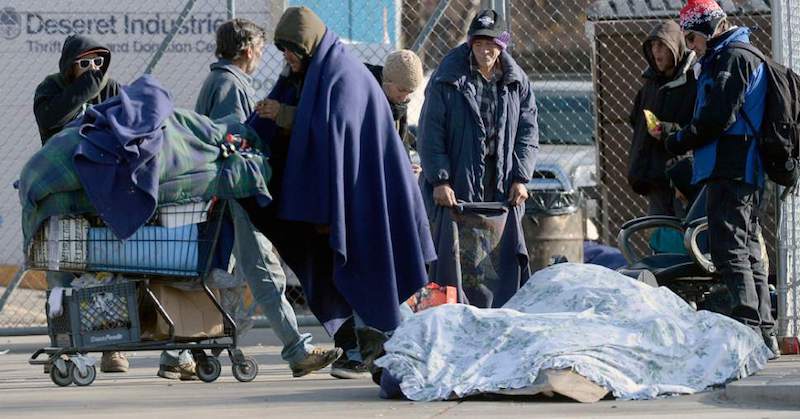
In December, the Salt Lake City Council voted to rezone a West North Temple hotel into a temporary overflow shelter until April.
But, Hardy points out, there is not necessarily a direct correlation between an individual being unsheltered and the availability of a shelter bed. Some people choose to sleep outside because they may want to stay with a partner, don’t trust the system, or have experienced trauma. It’s why the centers are focusing efforts on connecting individuals in need with resources to aid in financial insecurity, addiction and mental health.
Though the pandemic has exacerbated the issue of homelessness, Hardy says there are positive trends in the data. In the last four years, the number of people in shelters has decreased by 20 percent and the annual number of people who experienced homelessness for the first time has dropped by 18 percent. Improvement is still needed in decreasing the length of emergency shelter stays through placement in permanent supportive housing.

While the increased presence of unsheltered individuals throughout the pandemic has been an impediment to some businesses, others have chosen a hands-on approach to working with the homeless population. Dragonfly Wellness, a medical cannabis dispensary, partnered with the Geraldine E. King Women’s Center when the shelter opened up across the street.
“We host a variety of drives to donate supplies, and we also do a bi-weekly block cleanup with them in which the women from the shelter who volunteer with us may earn a gift card to our local Smith’s Marketplace,” noted Isabelle Cooke, community outreach and engagement coordinator at Dragonfly. “Occasionally, individuals may cause a scene or a disruption outside, but this has never posed a real issue for us as a business. We find having the strong relationship we do with our neighbors helps us work through these things much easier.”
Subscribe to Utah Stories weekly newsletter and get our stories directly to your inbox


